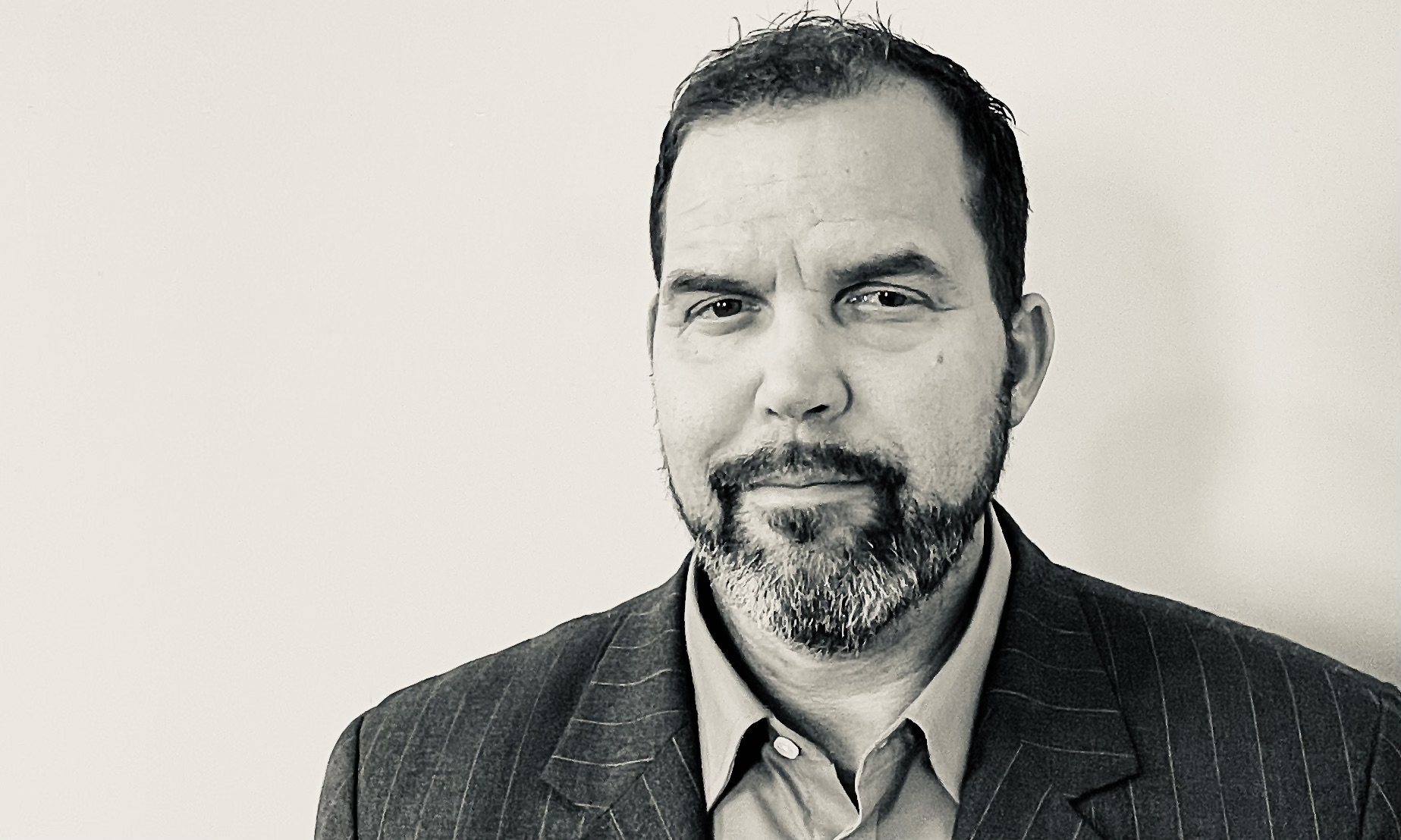(Originally Published at ForeignPolicy on November 6, 2012)
The U.S. Army doesn’t seem to want to be an army. Or, rather, they seem to want to be half an army, like (no offense) the Marines! They want to do the first part of war, the invasion part, but not the less glamorous, more difficult, messy part that is occupation. The Army’s seeming disdain for doing the work of occupying a place after the Hollywood scenes of major combat are over betrays a culture that just doesn’t get the nature of (modern) war.
To be clear, plenty of individual people in the Army do understand the importance of thinking about the post-combat phase of warfare, but the institutional culture, the code of language, and behavior that dominates the everyday world of the Army is decidedly focused on the minutiae of combat tactics.
Put another way, the Army has lost a clear sense of what makes it different from the other services. The Navy and Air Force can fight. The Marines can fight. But only the Army can occupy. This is the essential difference in the services when you strip away all the trivia. Armies are built to occupy places. They are meant to be the big ground force that sweeps over an area and sits on it. The Navy can project power to ‘turn’ a stubborn mule of a regime back in the right direction. The Air Force can heavily influence the ground game by providing air-space superiority for troops, and it can project power like the Navy. And the Marines can kick in the door to places and conduct small-scale land operations for limited periods of time.
But only the Army is big enough to extend control over the ground across an entire chunk of the planet for any length of time.
Of course this usually (but not always) means fighting conventional battles against other forces similarly armed. So I’m not saying that major combat isn’t part of the Army’s mission. But no other service can do what the Army should be designed to do after the first part of the fight is done. No other service can control the crucial space where real human beings live, engage in trade, or practice politics. We like to imagine the art of war as being about winning the fight. But at the highest level, as Tom pointed out in his most recent Atlantic article, generalship “must link military action to political results.” This is, of course, just a restating of Carl von Clausewitz’s famous dictum that war should be understood as the continuation of political policy. Yet most of Army culture is relentlessly tactical in nature, even in the staff college where I teach.
I’ve always been curious about this reading of military history. If you think of the history of the Army as the story of the battles it fought from the Revolutionary War to today, of course this is what you see. But a deeper reading of history shows that the Army fought battles in order to occupy and administer large swaths of territory with large populations for far more of its history. The battles of the Civil War gave way to the occupation of the reconstruction era, a period of time that had troops engaged in occupation operations three times as long as they had combat. If you count the history of westward expansion, most of the work the Army did involved a kind of armed public-administration, not Indian conquest. The same is true of the Spanish American war, which saw U.S. troops conducting counterinsurgency and civil affairs for years after in the Philippines. Add in the post-WWII occupations of Germany and Japan, the long, tedious mix of combat and occupation in Vietnam, and the extended occupations of Iraq and Afghanistan and it’s overwhelmingly clear that the Army’s main historical work has been occupation, not battle.
But we teach “operational art” and “strategy” as though fighting battles is the only work of an army. It isn’t. It never has been. At best it’s only half of what an army is asked to do and it often isn’t the most important part. We wonder how the Army fits into strategic frameworks like the new AirSeaBattle, all the while ignoring the obvious. We skimp on exploring the problems of using military force to achieve the political ends that are the purpose of occupations, and effectively define the work of generals and their staffs too narrowly, as a stringing together of a series of battles in order to gain a military-strategic aim. We pay relatively little attention to thinking about the work of generals as stringing together actions best thought of not as battles, but as the problems associated with using the resources that accompany military occupations to build political regimes that further our interests.
What we should be doing is devoting a much greater share of our time examining how the best generals in history conducted occupations after the main fighting was done. This isn’t just the generalship of the future, it’s the generalship of the vast bulk of “military” history. Fighting is about the tactics of the battlefield. Winning is about securing the victories of those battlefields. Neither the Navy, the Air Force, or the Marines can secure battlefield victories where they ultimately matter — where people live. That’s the Army’s mission. We should recognize that mission as being at least as important as winning in combat. And we should educate, promote, and fire our military leaders to reflect that reality.
